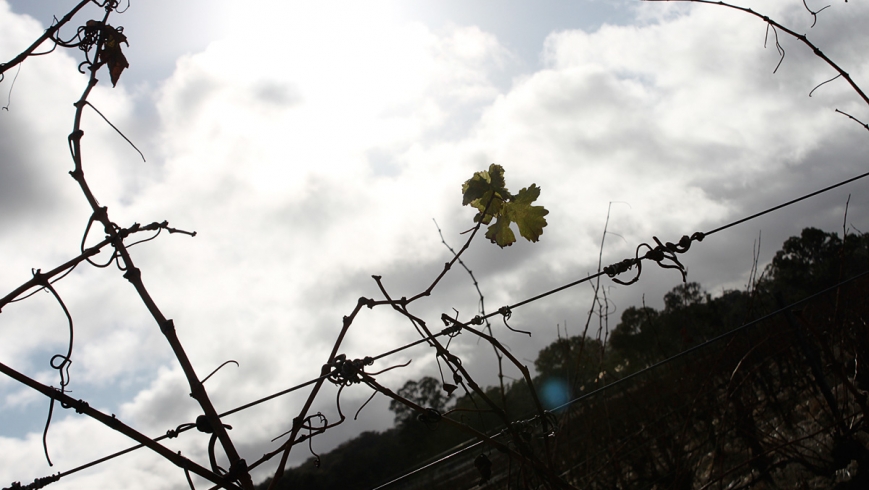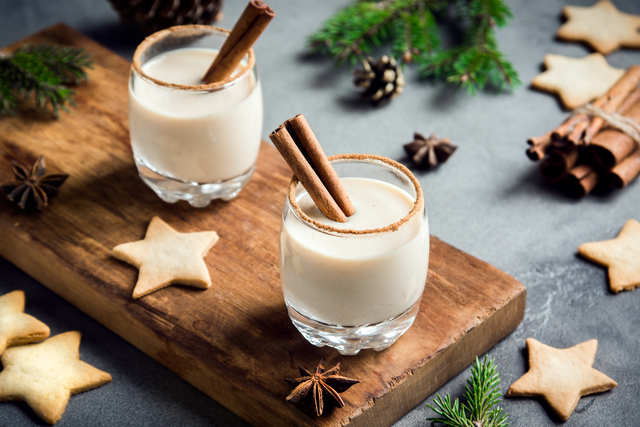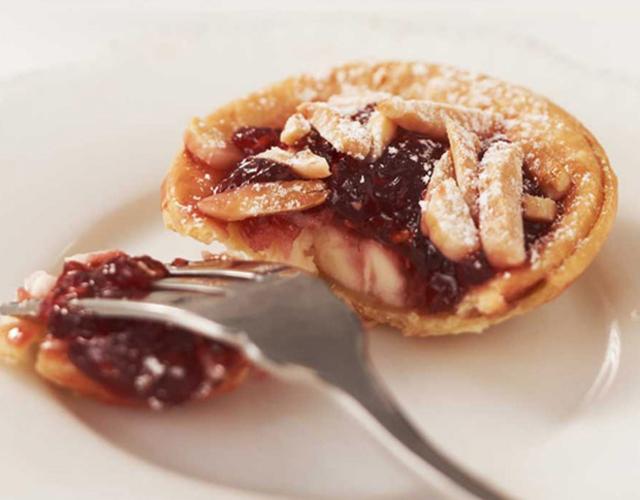VICTORIA’S Pyrenees wine region turns 50 this year. Well, sort of. The fields of the Pyrenees were first planted with vines in the 1880s, but for one reason or another – no one is really sure – the vines were removed for pasture around the turn of the century.
The region’s revival started in 1963 when French cognac house Remy Martin chose Avoca over WA’s Pemberton to produce brandy. Remy Martin was looking for alluvial soil similar to its own in France and knew to target regions that had experienced a gold rush. It is said the Pyrenees got the nod because there was no shortage of forested land that could supply fuel for the wood-fired stills.
They originally planted grapes better suited to brandy than table wine – such as trebbiano and doradillo – but government alcohol tariffs changed and it wasn’t long before Chateau Remy realised table wine was its future.
Remy grafted its vines over to staples such as cabernet sauvignon, shiraz and merlot. Remy Martin sold the vineyard to local interests in 2002 and the name changed to Blue Pyrenees. Winemaker Neill Robb, whose father helped set up Chateau Remy, worked there, too, and planted his own vines up the road at Redbank in 1973.
He’s an integral part of the Pyrenees’ story. Robb’s Redbank winery, famous for its blend of red grapes, Sally’s Paddock, turns 40 this year. His daughter Sasha, after a stint in California’s Sonoma County, is back home and the Pyrenees’ first third-generation winemaker.
While the Pyrenees is rich in winemaking history, there’s also a number of boutique producers that started in the past few years. DogRock, Mitchell Harris, Quartz Hill, Pyren Vineyard and Amherst are producing outstanding wines.
The recent arrival of one of France’s biggest wine producers, the Rhone Valley’s Michel Chapoutier, gives the impression that the volume of exciting wines from the Pyrenees will only grow.
The Pyrenees is deservedly best known as a red region – Blue Pyrenees’ vigneron Sean Howe says cabernet sauvignon is the grape that is most suited to the soils and climate – but the region is capable of much more.
Fabulous wines are being made from grenache, sauvignon blanc, riesling and viognier. Taltarni, another French family-owned winery, and Blue Pyrenees produce some of Victoria’s better sparkling wines, too.
If you’re a lover of the traditional reds of the Pyrenees, its winemakers have started to pull back from the overblown wines of the 2000s to integrate more elegance. But if big wines are your thing, you will still find them.
Ben Thomas stayed in the Pyrenees as a guest of Blue Pyrenees.







